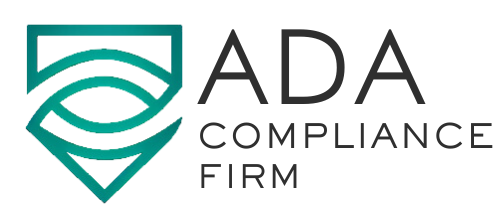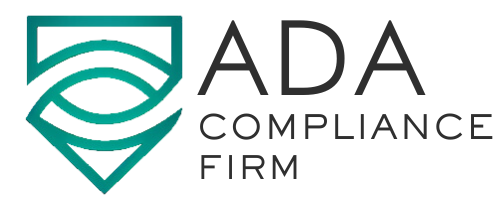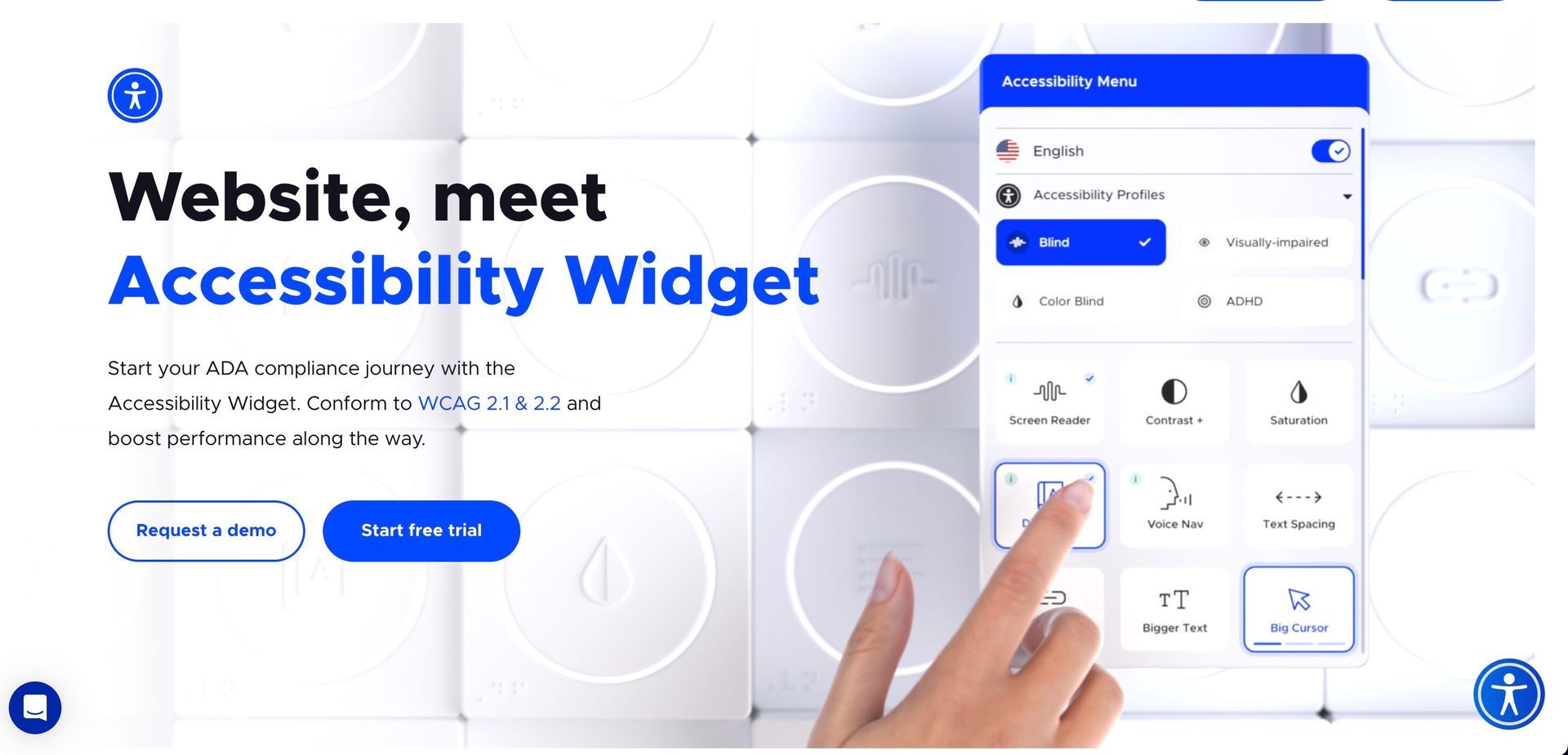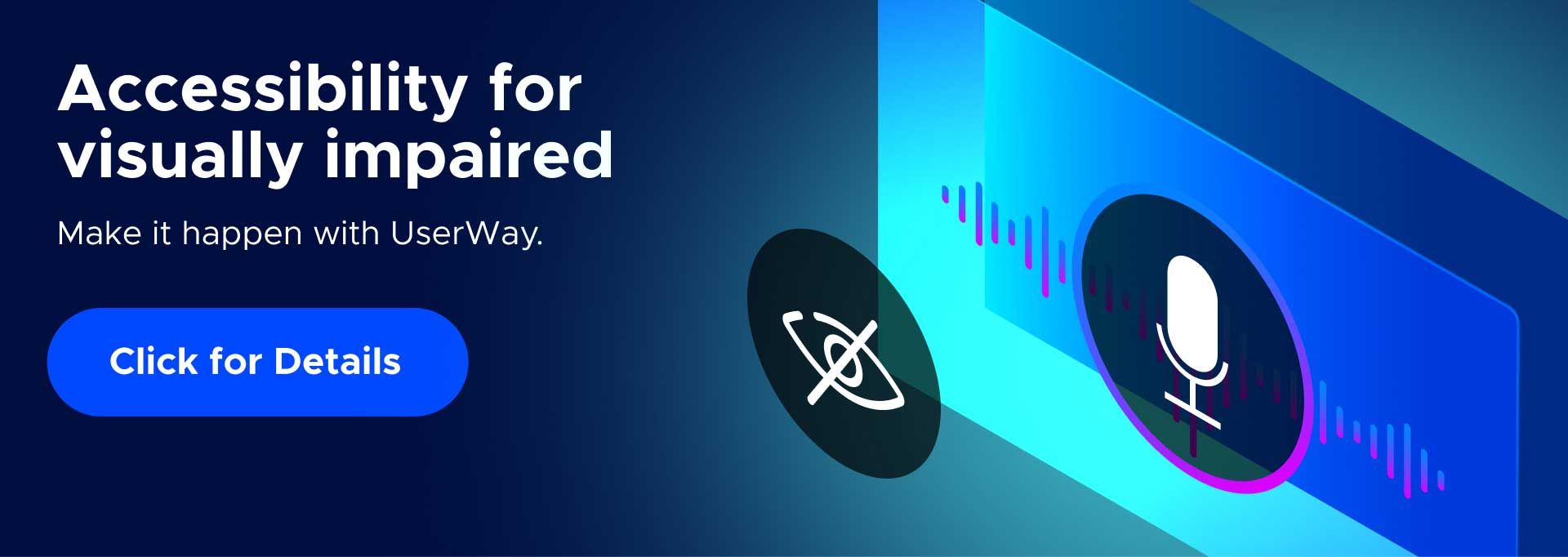Early Signs of Dyslexia in Children

The journey through school can be likened to a sprawling ocean filled with the ebbs and flows of academic challenges. Yet, for children with dyslexia, this voyage often feels like braving treacherous waters with a compass that points to ‘disarray’ rather than ‘learning.’ As a parent or educator, understanding the telltale signs of dyslexia is akin to possessing a treasure map and directing intervention and support to those who need it most. Follow along as we chart the early signs of dyslexia, empowering you to navigate these waters with purpose and clarity.
Understanding the Diverse Challenges of Dyslexia
At the heart of dispelling dyslexia’s mysteries lies the premise that it’s neither an indicator of low intelligence nor indicative of one’s work ethic. Dyslexia is a brain-based learning difference that challenges reading, writing, and spelling. Affecting as much as 20% of the population, its manifestation is as diverse as the children it touches, creating a unique set of hurdles for each individual.
Contrary to popular belief, dyslexia doesn’t stem from vision problems or switching letters around due to carelessness. It is a result of neurological differences that affect how the brain processes and decodes information. Understanding this is paramount, as it frees children from the stigma of laziness or incompetence that often hovers over their academic lives.
The Silent Cries for Help: Early Dyslexia Signs in Children
Recognizing dyslexia in a child is akin to tracking the formation of a storm on the horizon. Early signs can emerge as soon as reading is introduced in a child’s life but is merely deemed part of the learning curve. We’ve categorized these into three primary areas—reading, writing, and language—each harboring insights into a child’s potential struggle with dyslexia.
Detecting Disrupted Reading: The Core of Dyslexia
Dyslexia fundamentally disrupts the processes of decoding letters into their corresponding sounds and, subsequently, the meaning of a word. Look for these disrupted reading habits as precursors to a potential diagnosis:
- Difficulty reading single words, such as on flashcards or lists.
- Frequent loss of place and re-reading lines in a book.
- A reluctance to read out loud.
Scribbles That Signal Struggle: Dyslexic Writing Woes
The written word often serves as a mirrored reflection of a child’s reading ability. Dyslexic children often face these challenges when putting pen to paper:
- Poor or messy handwriting that could be more consistent.
- Spelling and grammar mistakes that seem disconnected from a child’s age or comprehension level.
- Difficulty organizing written language, such as creating an outline before writing a story.
Speech Patterns as a Window to the Soul of Reading
Before words hit the page, they are first spoken and heard. These speech and language traits in early years can be indicative of potential learning disorders like dyslexia:
- Difficulty learning to speak or pronounce a word.
- Struggling to rhyme is an important pre-literacy skill.
- Frequent misnaming of known objects or mistakes in expressing thoughts.
The Power of Early Detection: Statistics Speak Volumes
Statistics don’t merely support the notion of early dyslexia detection; they champion it. The benefits of recognizing and responding to dyslexia early in a child’s life include significantly impacting language acquisition, reading skills, and later academic achievement. One report by the International Dyslexia Association highlights that dyslexia intervention for six-year-olds can yield a lasting advantage in reading at eight.
Early detection and intervention also bolstered the child’s self-esteem and sense of competence, creating a ripple effect that can influence a child’s entire journey through the educational system.
The Diagnostic Odyssey: Navigating Dyslexia Assessments
Once spotted, the next leg of the journey involves professional assessment. This detection phase necessitates steering through the educational establishment or health system to secure a diagnosis by a clinical psychologist or educational psychologist specializing in dyslexia assessments. These professionals employ a battery of tests, including intelligence tests, reading and writing assessments, and observation periods, to determine the presence and severity of dyslexia.
The process can be daunting for parents or educators who opt to pursue this course, fraught with waiting lists and potential hurdles. However, the benefits of professional confirmation are immeasurable, unlocking access to educational resources, support systems, and individualized education programs that could transmute a child’s academic trajectory.
Anchoring Support: Multisensory Approaches and Collaborative Learning
Imagine a harmonious symphony of visual, auditory, and kinesthetic learning that resonates with a dyslexic child’s unique learning style. This multisensory method is the beacon of hope for children navigating dyslexia. Implementing techniques such as the Orton-Gillingham approach, which interweaves seeing, hearing, saying, and touching letters and sounds, offers a fundamental shift in teaching that can lead to significant breakthroughs.
But support isn’t limited to the classroom. Through channels of collaboration between parents and educators, strategies can be integrated into daily activities, doing more than teaching a child to read but equipping them with the tools to navigate the complex world of language.
Charting the Course: Navigating Educational Resources and Technologies
The 21st-century armada comes equipped with tools that cast light into the darkest corners of dyslexia. Technology offers a plethora of resources—from audiobooks that narrate untold stories to computer programs that help with text-to-speech. The emerging tide includes learning apps specifically designed for dyslexic students, accommodating and adjusting the educational landscape to meet the needs of all learners.
Yet, it’s not just about availability but accessibility and integration into the child’s life. It’s about finding that synergistic blend of technology and traditional learning that buoy the child to new heights, unimpeded by the anchors of dyslexia.
Advocacy: Sailing Through the Policy Seas for Dyslexia Rights
Advocacy is the assertive wind that propels the ship of dyslexic children’s rights within the educational system. It’s about understanding the laws, policies, and pathways that parents and educators can navigate to ensure every child receives the support and accommodations their unique journey demands. From the Individuals with Disabilities Education Act (IDEA) to Section 504 of the Rehabilitation Act, these statutes form the sails and rudders guiding educational equality for dyslexic children.
Through informed advocacy, parents and educators can help shape an educational landscape that recognizes, respects, and responds to the diverse learning needs of children with dyslexia.
Conclusion
Understanding the early signs of dyslexia is akin to arming yourself with a compass and star chart—tools you can use to help children navigate their journeys through the seas of education with confidence, support, and hope. By recognizing these telltale signs, seeking assessment, providing support, and advocating where necessary, you’re enhancing a child’s academic success and enriching their perception of learning for a lifetime.
Let’s not allow the silent suffering of dyslexia to be a hindrance but a catalyst for change, growth, and an appreciation for the diverse ways our children learn and interpret the world around them. Every child, with or without dyslexia, deserves a compass to point to the north star—a path to knowledge that is clear, unobscured, and full of promise.
If you found this guide enlightening or know someone who could benefit from its insights, we implore you to share the treasure map it provides. Together, we can make a significant difference in the lives of children grappling with the enigma of dyslexia.
Frequently Asked Questions (FAQs)
What are the three main symptoms of dyslexia?
The three main symptoms of dyslexia include difficulties with accurate and fluent word recognition, poor spelling and decoding abilities, and, typically, a discrepancy between one’s intelligence and reading performance.
How do I know if my child is dyslexic?
If your child consistently struggles with reading, writing, spelling, or language acquisition despite adequate exposure and instruction, he or she might be dyslexic. Look for signs like confusing similar-looking letters, difficulties sounding out words, issues with following sequences, or avoidance of reading-related activities.
What is the earliest age to diagnose dyslexia?
While indicators of dyslexia can be observed in preschool-aged children, formal diagnoses typically occur when children are in early grade school, around 6 to 7 years of age. This is when there is enough demand for their reading and writing skills to assess the condition accurately.
Join our newsletter
Recent Blog Posts
















